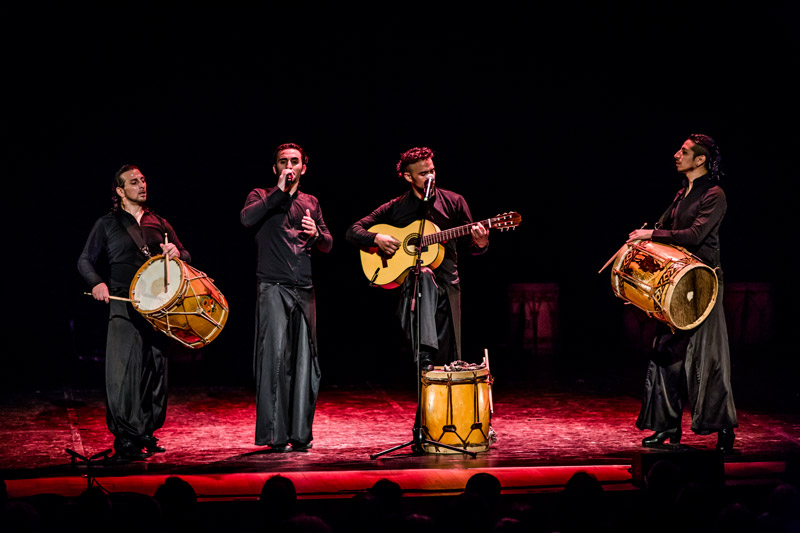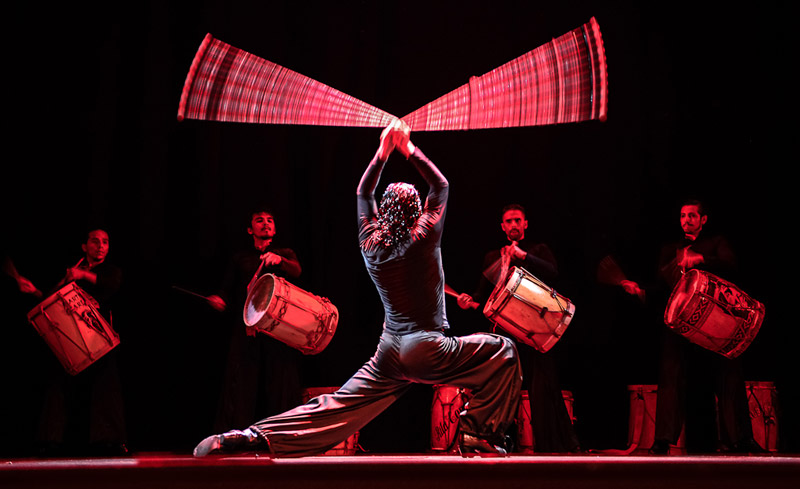The Origins And Significance Of Malambo Dance
Share
Malambo is a captivating dance form that originated in Argentina, deeply rooted in the country's rich cultural heritage. This traditional dance is not just a performance; it embodies the spirit and history of the gauchos, the Argentine cowboys known for their skills in horsemanship and their vibrant cultural expressions.
Historical Background of Malambo
The origins of Malambo can be traced back to the 17th century, primarily among the gauchos of the Pampas region. It was initially a male solo dance performed during social gatherings, showcasing strength, agility, and improvisation. The dance was often accompanied by the strumming of guitars and the rhythmic clapping of hands, creating an energetic atmosphere.
As the gauchos faced the challenges of their harsh environment, the dance evolved as a means of expression, reflecting their struggles, victories, and the camaraderie among them. The footwork in Malambo is intricate and fast-paced, symbolizing the agility and prowess of the gauchos in their daily lives.
The Evolution of Malambo
Over the years, Malambo has undergone significant transformations. In the 20th century, it began to gain popularity beyond the rural settings of Argentina, making its way into urban dance halls and theaters. This transition marked the incorporation of female dancers, adding a new dimension to the performance.
Today, Malambo is celebrated not only as a traditional dance but also as a vibrant art form that showcases the cultural identity of Argentina. It has become a staple in folk festivals and cultural events, attracting audiences from around the world.
The Significance of Malambo in Argentine Culture
Malambo is more than just a dance; it serves as a cultural symbol that encapsulates the essence of Argentine heritage. The dance reflects the values of bravery, resilience, and community, resonating with the spirit of the gauchos.
Cultural Identity
For many Argentines, Malambo is a source of pride and a representation of their national identity. It connects people to their roots, reminding them of the historical struggles and triumphs of their ancestors. The dance is often performed at national celebrations, reinforcing its significance in Argentine culture.
Artistic Expression
Malambo is also a powerful form of artistic expression. Dancers use their bodies to convey emotions, stories, and the rich history of their culture. The rhythmic footwork, combined with the music, creates a captivating experience that resonates with audiences, fostering a deeper appreciation for Argentine traditions.
Community and Tradition
Malambo fosters a sense of community among dancers and audiences alike. It brings people together, encouraging participation and celebration of cultural heritage. Dance schools and community groups often organize workshops and performances, ensuring that the tradition of Malambo is passed down to future generations.
Conclusion
Malambo is a vibrant dance that encapsulates the spirit of Argentina, reflecting its history, culture, and community. As you engage with this captivating art form, consider attending a Malambo performance or even taking a class to appreciate its intricacies. By doing so, you not only support the preservation of this cultural treasure but also immerse yourself in the rich tapestry of Argentine heritage.
For those looking to experience the beauty of Malambo firsthand, consider planning a trip to Argentina. You can find great options for flights and accommodations through these links: Hotels & Flights and Transfers. Embrace the rhythm of Malambo and let it inspire your journey through Argentina!





